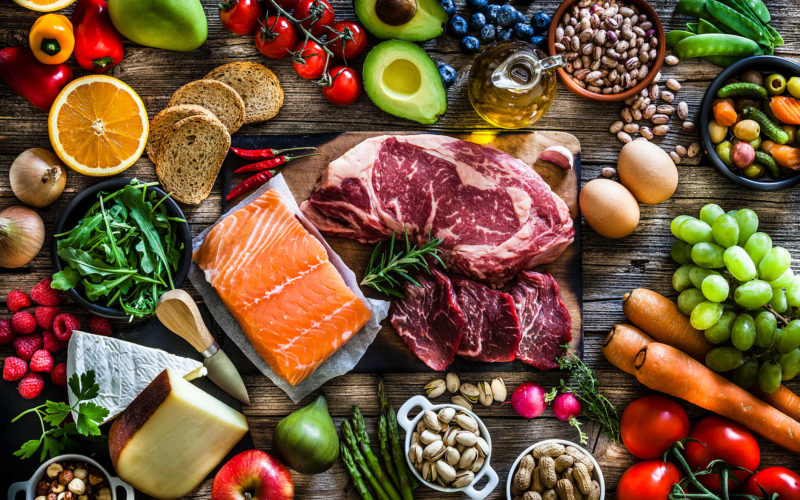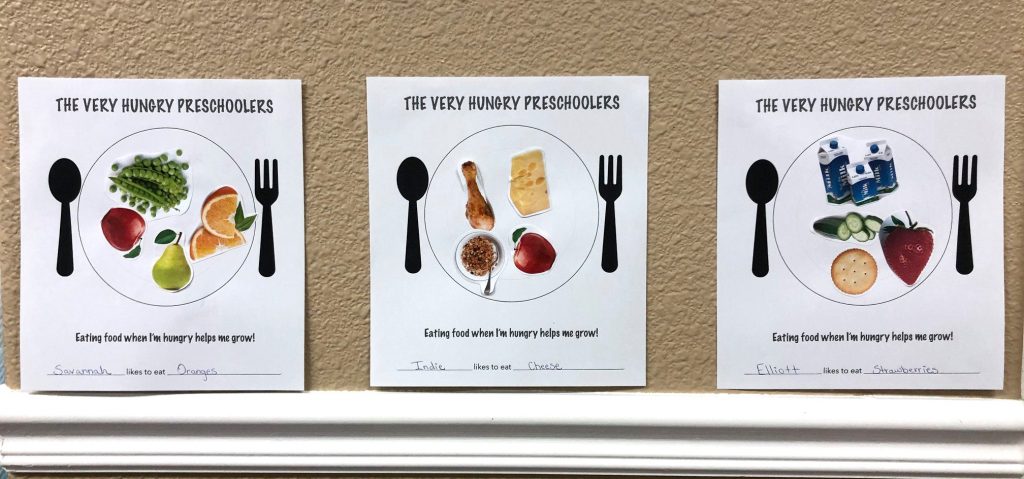
There are many effective ways to reduce calories and maintain a healthy weight. One way to reduce your calorie intake is by reducing the amount of junk food you eat. This food is filled with empty calories and won't fill you up for long. Avoid this food and make an effort not to eat it. Here are some simple tips for cutting calories:. Keep a food diary. Keep track of everything you eat, drink, and how much. You can use a pen and paper to log it. To log it, you can use a smartphone app and/or web service. You can also count calories online with many activity trackers. Just make sure you follow the most convenient way for you.
A second meal per day is another effective way to cut calories. Your weight may dictate how much you need to cut your caloric intake. By limiting your intake of appetizers to two per day, you can reduce your calories. Doing this will prevent you from succumbing to temptation. You can also reduce your daily meals. Although you can eat more at one time, you should limit the number of times that your snacking occurs to three per day.

Don't forget to include protein when you prepare a meal. A larger deficit can help you lose weight faster, but it increases the risk of muscle loss. It is important to count calories and to get enough protein to keep your lean muscles mass. This is because higher protein intake will help increase your metabolism and curb your appetite, and a high protein intake can preserve lean muscle mass.
Those who exercise regularly can also reduce their calorie intake. Exercising will help you burn calories. No matter if you exercise frequently or walk only a few times per week, cutting down on calories will help improve your overall health. You can also choose a diet that suits your lifestyle. Before you make any major changes to your diet, consult a nutritionist. They'll be able to advise you on what kind of exercise and nutrition plan is best for you.
A great way to lose weight is to cut calories. Exercise helps you burn more calories than dieting and boosts your metabolism. A calorie deficit over time can result in weight loss, and even reduced body fat. A calorie deficit is more effective than burning calories by engaging in physical activity. By limiting your intake, you will also lose more fat and increase your energy levels. You will live longer and feel healthier if you restrict your calorie intake. You will have less energy and a leaner body.

Cutting calories can help you lose weight. But do remember that it is not enough to drastically decrease your calorie intake. There is a more effective way to lose weight. To avoid starvation, you should always eat food. A diet without food can make you miserable. Cutting calories can be detrimental to your overall health if a vegetarian is concerned. You will not lose weight by doing this. Eat foods rich in fiber, and avoid processed food.
FAQ
What should I eat?
Consume lots of fruits, vegetables. These fruits and vegetables are high in vitamins, minerals, which can help you keep your immune systems strong. Fruits and veggies are also high in fiber, which makes them filling and helps with digestion. Include at least five portions of fruit and vegetables per day.
Drink plenty of water. Water flushes toxins out of the body and helps to feel full between meals. Drink about eight glasses each day.
Consume whole grains and not refined. Whole grains have all the nutrients they need, including B vitamins. Refined grains are stripped of some of their nutritional value.
Avoid sugary drinks. Sugary drinks can be a source of empty calories, which can lead to obesity. Instead, drink water, milk, or unsweetened Tea.
Avoid fast food. Fast food has very little nutritional value. You won't get the energy you need to function well, despite how delicious it may be. Use healthier options, such as soups, sandwiches, salads, and pasta.
Reduce your alcohol intake. Avoid alcohol as it can cause empty calories and poor nutrition. Limit the number of alcoholic beverages you consume per week to no more that two.
Red meats should be avoided. Red meats are high in saturated fat and cholesterol. Opt for lean cuts of beef, pork, lamb, chicken, fish, and turkey instead.
What is the working principle of an antibiotic?
Antibiotics kill harmful bacteria. Antibiotics are used to treat bacterial infections. There are many types of antibiotics. Some can be taken orally while others are injected. Others are topically applied.
People who have been exposed may be prescribed antibiotics. If someone has chicken pox, they might need to take an oral antibiotic in order to prevent shingles. An injection of penicillin may be necessary to prevent pneumonia if someone has strep.
Children should not be given antibiotics without the consent of a doctor. Side effects of antibiotics can be more dangerous for children than for adults.
Diarrhea, the most common side-effect of antibiotics, is probably diarrhea. Other possible side effects include diarrhea, nausea and vomiting, allergy reactions, dizziness, dizziness, stomach cramps, nausea, vomiting or allergic reactions. These symptoms usually go away after treatment ends.
How can I reduce my blood pressure
You must first determine the cause of high blood pressure. Next, take steps that will reduce the risk. This could be as simple as eating less salt, losing weight, taking medications, etc.
Also, make sure to get enough exercise. You can also walk if you don’t have the time.
If you're not happy with how much exercise you're doing, then you should consider joining a gym. You'll probably want to join a gym where there are other people who share your goals. It is easier to adhere to a fitness routine when someone else will be there with you.
Statistics
- Extra virgin olive oil may benefit heart health, as people who consume it have a lower risk for dying from heart attacks and strokes according to some evidence (57Trusted Source (healthline.com)
- According to the Physical Activity Guidelines for Americans, we should strive for at least 150 minutes of moderate intensity activity each week (54Trusted Source Smoking, harmful use of drugs, and alcohol abuse can all seriously negatively affect your health. (healthline.com)
- In both adults and children, the intake of free sugars should be reduced to less than 10% of total energy intake. (who.int)
- According to the 2020 Dietary Guidelines for Americans, a balanced diet high in fruits and vegetables, lean protein, low-fat dairy and whole grains is needed for optimal energy. (mayoclinichealthsystem.org)
External Links
How To
What does the word "vitamin" mean?
Vitamins are organic compounds that can be found in foods. Vitamins aid us in absorbing nutrients from the food we eat. Vitamins cannot come from the body so food must provide them.
There are two types of vitamins: water soluble and fat soluble. Water soluble vitamins dissolve easily in water. Vitamin C,B1(thiamine), B2 (2riboflavin), and B3 (3niacin), as well as vitamin C,B1, B2 (riboflavin), and B3 (niacin), vitamin B6 (pyridoxine), vitamin folic acid (biotin), pantothenic, and choline are examples. The liver and fatty tissues are home to fat-soluble vitamins. Examples include vitamin D, E, K, A, and beta carotene.
Vitamins are classified according to their biological activity. There are eight major vitamin groups:
-
A - Vital for normal growth and maintaining good health.
-
C - essential for nerve function and energy generation.
-
D - essential for healthy bones, teeth, and gums.
-
E is necessary for good vision, reproduction.
-
K - required for healthy muscles and nerves.
-
P - vital for building strong bones andteeth.
-
Q - aids digestion and absorption of iron.
-
R - necessary for making red blood cells.
The recommended daily allowance (RDA) of vitamins varies depending on age, gender, and physical condition. The U.S. Food and Drug Administration (FDA) sets the RDA values.
For adults 19 years and over, the RDA of vitamin A is 400mg per day. For fetal development, pregnant women need 600 mg per day. Children ages 1-8 require 900 micrograms per day. Infants under one year of age require 700 micrograms per day, but this amount decreases to 500 micrograms per day between 9 months and 12 months of age.
Children between the ages of 1-18 need 800 micrograms per daily for obesity, while children overweight require 1000 micrograms. Children underweight or obese will need 1200 mg per day.
Children ages 4-8 years who have been diagnosed with anemia need 2200 micrograms per day of vitamin C.
Adults over 50 years of age need 2000 micrograms per day for general health. Breastfeeding or pregnant women require 3000 micrograms per daily due to higher nutrient demands.
Adults over 70 years of age need 1500 micrograms per day since they lose about 10% of their muscle mass each decade.
Women who have been pregnant or are lactating require more than the RDA. Pregnant women require 4000 micrograms daily during pregnancy, and 2500 micrograms every day after birth. Breastfeeding mothers need to consume 5000 micrograms every day when breastmilk has been produced.